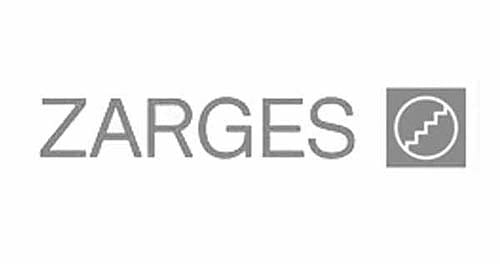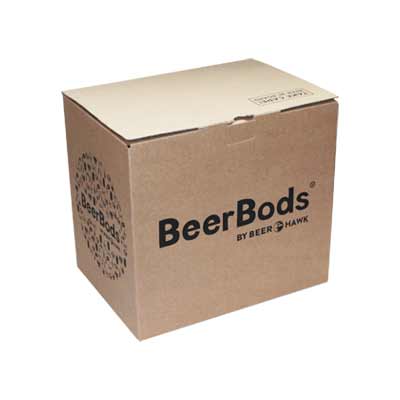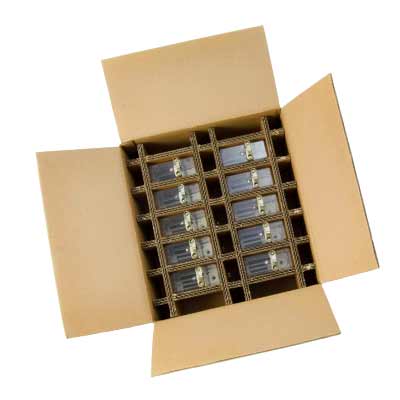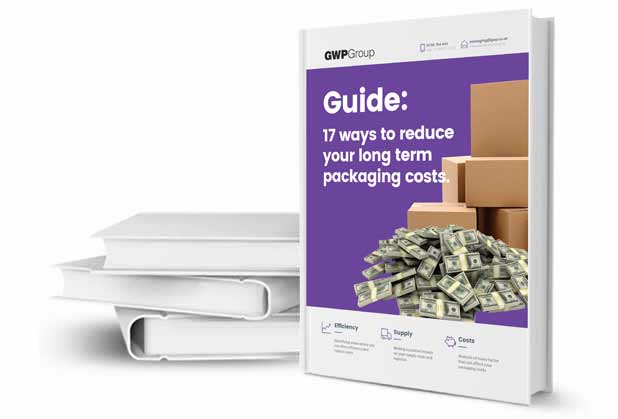Focus on cost-effective packaging
Why you should be thinking about working with a packaging designer
“It’s just a cardboard box”, that’s how many people view packaging, something that couldn’t be simpler (or boring – try starting a conversation in the pub about the challenges you are facing with your packaging!)
However, when you start looking at the details, it is a surprisingly complex subject. And of course, if your job involves creating, specifying, or purchasing packaging, you are most likely aware of the variables involved and their impacts on your company’s effectiveness.
Pricing can vary depending on the board grades you use, construction, weight, strength, and other factors. However, this also affects how well it performs in transit, how quickly it can be assembled, how much you can store, and so on.
And this is all before even considering the environmental impact!
There is one element of your packaging that this all feeds back into and is ultimately defined by its design.
Contents
Introduction
More than just packaging design
Another preconception that many have is that packaging design concerns itself with branding, logos, colours, graphics, and general marketing and appearance considerations.
While this is critical in many industries and markets (and should always be considered), the structural design of your packaging can make or break its success.
- It can be the difference between your product reaching your customer in one piece.
- It can aid the productivity of your packing staff.
- It can even help to drive profitability in your business.
There are several ways you can reduce your overall costs by leveraging a thorough corrugated packaging design service and improving other areas of your business.
Seven strategies
The seven ways to reduce costs through packaging design
In fact, there are at least seven ways to leverage cost-effective packaging design to reduce your costs significantly.
Whilst they are not necessarily reflected in the unit cost you pay for your packaging, the cost savings can be seen across various aspects of your packaging supply chain and your wider business.
The key areas that you can (and should) look at when attempting to drive cost savings through packaging design are as follows:
- Optimise your material usage.
- Use FEFCO styles.
- Minimising your transit cost.
- Minimising the use of void fill.
- Ensuring easier and faster assembly.
- Streamline your inventory.
- Reducing transit damage.

Optimise your material usage
The materials you choose are a significant cost factor
One of the substantial cost components of your packaging is the materials that comprise it.
The problem is that paper prices are rising sharply due to a lack of supply, increased demand, and the weak pound, which is driving up import costs.
This is why you may have received letters about packaging price increases from your supplier.
Whilst this is unfortunately inevitable, working with a packaging designer can mitigate this and even reveal additional cost efficiencies.
The first thing to consider is whether you need to use the specific material grade you currently use. Whilst this is a topic of discussion in its own right, any experienced packaging designer should be able to advise on it.
If yours can’t, it may be time to look elsewhere.

Secondly, if you can’t reduce the cost of the corrugated material you are using, you may be able to reduce the overall amount you use (and hence spend less).
This is where custom-designed packaging comes in. A carton explicitly sized to your product, for example, is almost certainly going to be smaller than selecting the nearest “stock” equivalent, which will, as a result, use fewer materials.
This is thinking in the most simplistic terms, however. An experienced packaging technologist or engineer should be able to improve yield through the parametric layout (e.g., the design when flat) of your box.
This usually involves maximising the use of material and adjusting the layout so that the “blank” size (the footprint of your pack) is reduced.
Again, less material means lower cost and, ultimately, more cost-effective packaging.
Use FEFCO styles
An easier alternative
If the above sounds complicated, then that’s because it is. It takes an experienced, intelligent (and sometimes innovative) designer to take any carton and reduce the material usage.
There is a somewhat easier alternative, however, and whilst it is not suitable for every application, there is an internationally recognised catalogue of box and packaging layouts called FEFCO.
FEFCO (the abbreviation for Fédération Européenne des Fabricants de Carton Ondule – or European Federation of Corrugated Board Manufacturers in English) has codified a catalogue of designs widely accepted by the packaging industry as a whole.
Whilst the benefits of a standardised catalogue are apparent, each design has been tried, tested, and refined over the years. This means each layout is exceptionally material-efficient.
So why do you need a packaging designer to use a standard template?
Well, the vast range of styles means it is essential to have experience of what layout will work best for a specific application. It is also necessary to scale the main dimensions of the box to match your product; otherwise, any material savings are lost immediately.
Virtually every packaging supplier will know the most commonly used FEFCO codes, but only an experienced designer can use them to drive material and cost efficiencies for your business.
Minimise your transit costs
The impact of packaging design on transit costs
So you can see the benefits of reducing material use in terms of its impact on the unit cost of your transit packaging.
But did you know that a custom-designed box can reduce your costs in other ways?
Perhaps the most obvious of these is transit costs. Put simply, if you are sending oversized boxes and paying volumetrically for shipping, you are effectively paying to ship air.
If you send your goods on pallets, you get fewer boxes per pallet, need to send more pallets, and incur higher delivery charges.

This is before considering the environmental impact of the additional material used in your packaging, as well as the extra journeys your couriers or freight provider will need to make.
Working alongside a packaging designer to produce a cost-effective, size-optimised carton will indirectly help you reduce your transit costs too.
Minimise the use of void fill
Reduce the amount of secondary packaging that you use
If you are using stock boxes that are slightly too big, it is likely you will use void fill to prevent your items from shifting in transit.
Whilst arguably essential, this is a terrible idea in most cases; it certainly isn’t the most cost-effective packaging solution.
Void fill is another cost you have to bear; it is another process for your team of packers (reducing their productivity). You have to pay to ship the additional weight. The end user has to dispose of it (at best, it is just annoying; at worst, it’s difficult).

It is also (usually) terrible for the environment. However, custom-designed boxes will at least minimise the void fill required, and at best, eliminate it.
An intelligent designer will be able to produce designs that include integrated cradles or locators that hold your product in place throughout transportation, ensuring it is well protected and that you can forget about sourcing void fill products for good.
Reducing transit damage
Reduce costly damage that is caused during transit
Whilst really a separate topic from reducing costs, a value-added service that most competent packaging designers should be able to offer is reducing transit damage.
It should be possible to analyse your packaging materials, structural design, the product to be packaged, and supply chain processes, and identify ways to eliminate damage and returns.

Whilst this may add to your packaging costs initially, the savings from reducing or eliminating damaged products will usually far outweigh the slight increase in your unit cost.
The added benefit is that you will also see an increase in customer satisfaction, which can improve brand perception, drive repeat sales, and increase lifetime value.
Ensure easier and faster assembly
Improve the efficiency of your packing line
Whilst this is, on the face of it, as simple as changing box styles, it takes an experienced designer to produce an easy-to-assemble (e.g., crash lock) design that is also tailored to the specific requirements of your product and transit methods.
Once this has been achieved, however, you will begin to see increased productivity as more boxes are assembled, packed, and shipped in the same amount of time.
This then leads to a drop in labour costs (or allows you to give loyal staff a pay increase), which can benefit your overall operations.
Streamline your inventory
Packaging rationalisation
The final added-value service a packaging designer could offer you is “rationalisation”. Also referred to as consolidation, this involves reviewing your entire packaging inventory, analysing the sizes used, and combining as many cartons as possible to create a more streamlined inventory.
So what are the benefits of this? Well, the main advantage is that it allows you to order higher volumes of fewer lines.
This basically means you are taking advantage of economies of scale, enabling much more efficient manufacturing. It minimises setup time and costs, reduces the number of tools required, and allows the material to be purchased in higher volumes (again impacting cost).

Secondary benefits include easier inventory management, fewer POs required (and less general admin around ordering), easier stock management, and fewer deliveries and delivery charges.
Effectively, it can reduce your costs whilst improving your efficiency, a win-win.
However, whilst this sounds simple in theory, the job of rationalising a packaging inventory can only really be achieved by working hand in hand with an experienced packaging designer.
Summary
Why is cost-effective packaging design important?
If you genuinely want to achieve the maximum value from your packaging (whether that’s to reduce your average cost or solve a specific problem), you have no choice but to work with a dedicated packaging designer.
Virtually all of the ways you can improve the effectiveness, efficiency, and cost of your packaging tie in with utilising packaging design expertise, which is why selecting an experienced, knowledgeable individual or team to work with is essential.
It can be the difference between packaging that does the job and packaging that drives your business forward.
If you’d like to discuss packaging design with our team of packaging experts, please do not hesitate to get in touch today.
Share this article
Further reading
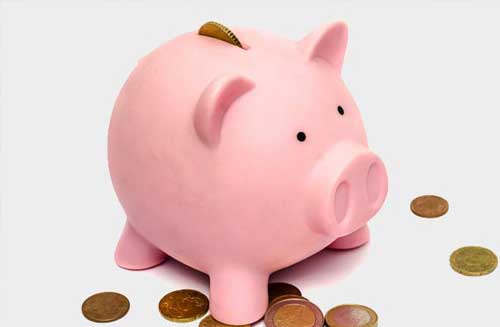

About the author
Mike is an award-winning corrugated packaging designer. Joining GWP in 1995, he oversees the design department in his role as Design Manager.
Products in this guide
Get in touch
Related guides
Packaging (Essential Requirement) Regulations 2015
Using the colour wheel for branding and packaging
The 6 factors that affect your average cost of packaging
Packaging material costs – 5 ways the wrong board grade affects prices
Cheap packaging – is it really cheaper?
Corrugated board grades (cardboard) explained
Why packaging costs are rising – and what to do
How the wrong material affects packaging prices
5 simple tips to cope with packaging price rises
7 advantages of cost-effective packaging design
UK cardboard shortages – what is really causing the current situation?
7 signs you need a Vendor Managed Inventory (VMI) for your packaging







